Skin Cycling – All You Need To Know About The Skincare Trend
Skin cycling sounds complicated, but it’s a skincare routine based on the less-is-more approach. It protects your skin’s barrier and helps to achieve healthy-looking skin.
On Jul 1, 2023 – 12 minutes read
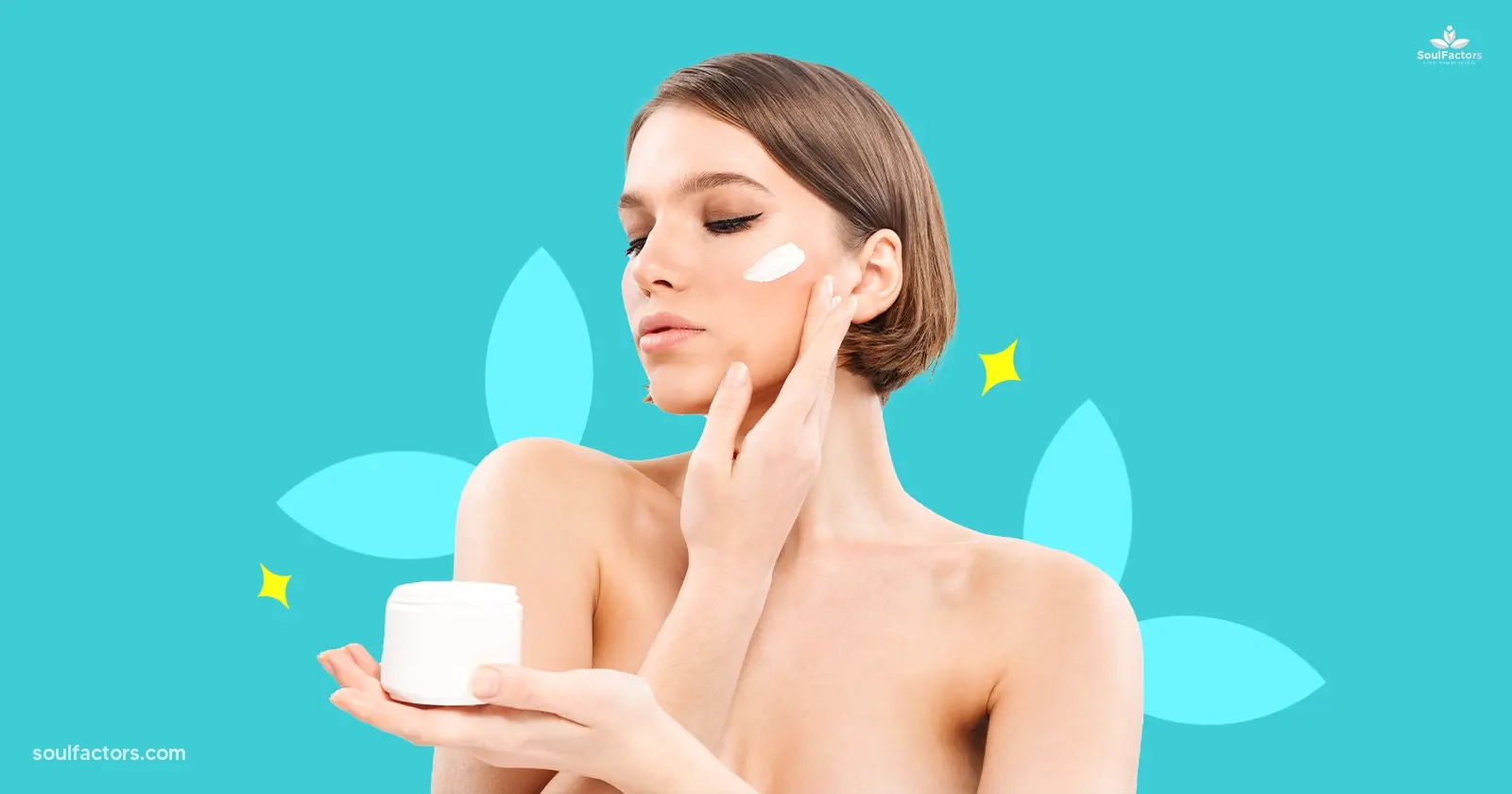
Social media, undoubtedly, presents many viral beauty hacks and tips. You can discover new techniques and ingredients with plenty of ideas, claims, and sometimes even buyer’s remorse. One of the dermatologist-developed skincare routines trending on TikTok lately is skin cycling. It is a strategic method of applying skincare products in the evening to minimize irritation and maximize results.
While we all know the importance of cleansing, moisturizing, and applying SPF, it becomes complicated when we start using other products like exfoliants and anti-aging serums. There is confusion about how often you should apply each of them and their order.
Skin cycling focuses on a four-night skincare routine you repeatedly follow to simplify the process and potentially decrease inflammation from active ingredients. It suggests a skincare routine that accommodates rest days also. Read on to understand what skin cycling is and how you can incorporate it in your routine.
What Is Skin Cycling?
Whitney Bowe, MD, a New York City-based board-certified dermatologist, coined the term “skin cycling.” The practice focuses on using active ingredients like chemical exfoliants and retinoids alternatively with recovery ingredients like moisturizers to keep irritation and side effects to a minimum. Thus it helps in repairing the skin and keeping it healthy.

Many popular skincare treatments require over ten products, but skin cycling is different, and prefers to keep it simple. For a good skin cycling routine, you need to follow three simple steps.
Three Basic Steps In Skin Cycling
- Exfoliate with products containing salicylic acid or glycolic acid.
- Apply retinoid.
- Moisturize the skin.
While skin cycling is currently trending, it is not necessarily new. It is a well-known treatment protocol in dermatology. Retinoids, especially, have been cycled often as they do not suit people at night. Moreover, people do not have time to apply products correctly, making cycling an easier approach. For instance, a one-hour gap is suggested after applying exfoliating acids like AHAs and BHAs and before applying retinol. However, following the regimen before hitting the bed doesn’t give you the time to wait. Thus, by applying exfoliants one night and retinol on the next, you’re essentially cycling.
Dr. Bowe’s classic skin cycling routine comprises a four-night schedule with exfoliants and retinol products. Exfoliation is for night one, and retinoids are for night two. With a focus on hydration and barrier repair, nights three and four are for recovery. After the completion of one cycle, you can repeat the process. A dermatologist might recommend alterations to the method, depending on your skin’s response to the products.
What Are the Benefits of Skin Cycling?
Skin cycling starts delivering results a lot sooner than you’d think. An improvement in sensitivity or blotchiness can be seen after two cycles only. For most people, the skin begins to look healthier, more radiant, and glowy. Overall, the skin starts feeling and looking softer and more hydrated.
If you continue practicing the routine in the long run, you’ll experience many skin cycling benefits, including:
Repairs the skin’s barrier
The skin’s barrier acts as a protective layer to avoid all kinds of chemical reactions, allergies, infections, etc. When you have a healthy skin barrier, skincare ingredients tend to deliver better results. The barrier plays a vital role in managing symptoms, ranging from acne to eczema and other skin concerns (1).
Reduces the negative effects of other products
The purpose of skin cycling is to reduce any harsh effects caused by active ingredients. It also helps in reducing the side effects of skincare products. Make sure you apply a moisturizer before applying retinoid to the skin.
Protects the skin against seasonal concerns
Many people experience seasonal irritation during dry and cold weather. This makes recovery night especially necessary. Skin cycling doesn’t let the skin dry out and gives it time to recover on its own.
Apart from producing the desired results, skin cycling reduces the hassles around skincare by setting out clear instructions on what to use when on your skin.
How Does Skin Cycling Work?
The four steps of the classic skin cycling routine are:
- Exfoliation Night
- Retinoid Night
- Recovery Night
- Recovery Night
Once the cycle completes, it is time to repeat. The prescribed order is essential because it distributes how often you use powerful, potentially irritating ingredients, ensuring your skin’s barrier isn’t damaged.
Exfoliation before retinoid application helps in better absorption of the product into your skin. People with hypersensitive or active skin conditions must consult their dermatologists before practicing the skin cycling routine. Moreover, if retinoids or acids are new to your skin, introduce them one at a time.
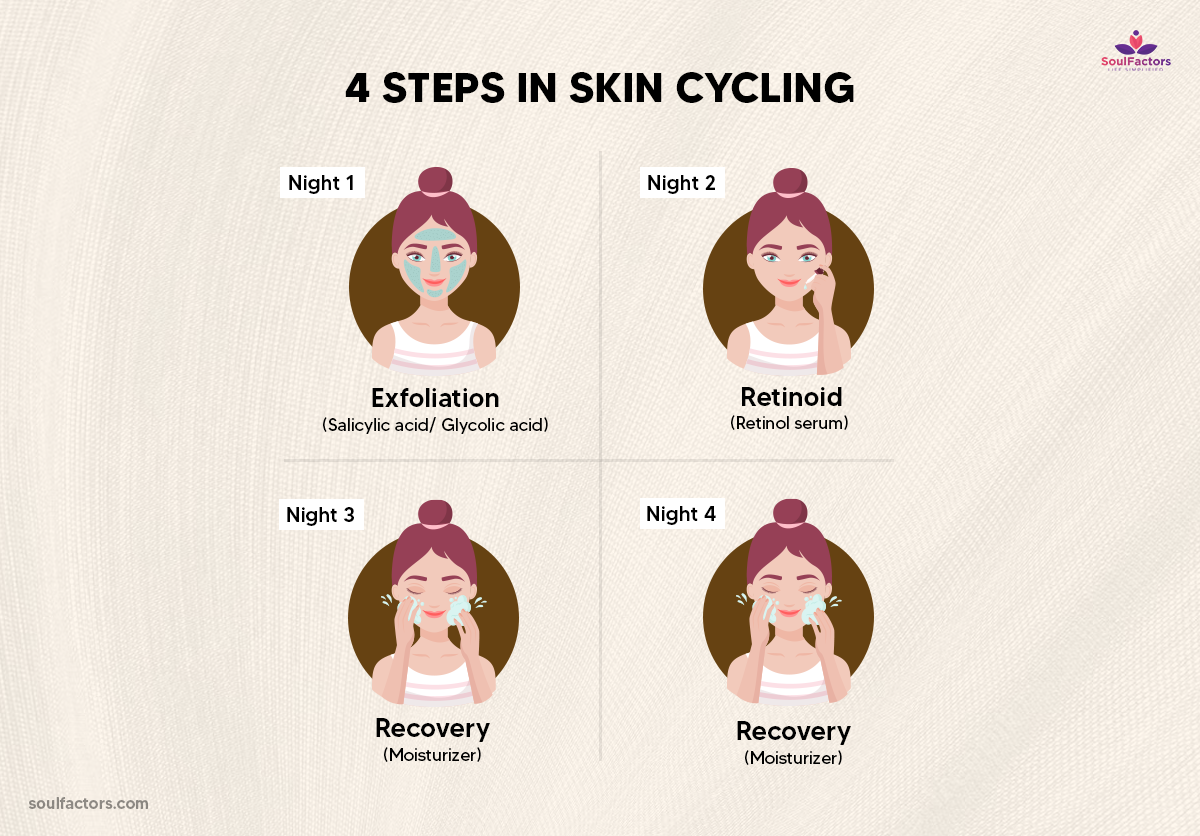
Night One: Skin Exfoliation
Like all skincare treatments, start by cleansing the skin. Pat dry and apply an exfoliator of your choice. The exfoliator will prep your skin for the actives used ahead. It will also remove the dead skin cells from the skin’s outer layer.
Remember to complete this step with a layer of moisturizer. Also, do not over-exfoliate, as it can irritate the skin.
Night Two: Retinol Time
Apply a retinoid on cleansed skin. Retinoids are derived from vitamin A, which helps in reducing wrinkles and fine lines. Since retinoid is a powerful ingredient in the skin cycling routine, a patch test is recommended.
If your skin is sensitive, apply a moisturizer before applying the retinoid. Pay special attention to the area under your eyes and the corners of the nose.
Night Three: Recovery Night
It’s time to give your skin a break by nourishing it and letting its barrier repair. Cleanse your face with a mild face wash and massage it with a gentle moisturizer before hitting the bed. Pick a moisturizer with hydrating ingredients like hyaluronic acid.
Night Four: Recovery Night
The repair mode continues. Pamper your skin with a nourishing moisturizer before going to bed on night four of skin cycling.
The secret behind the technique
The first step in the process is exfoliation. It helps resurface the skin and boost the penetration of other products in the routine. Besides supporting healthy skin aging, it tackles the concerns of discoloration, refines skin texture, and delivers acne-busting benefits.
The last two nights are dedicated to recovery to go easy on the skin. The routine is simple with a mild cleanser, vitamin C or hyaluronic acid serum, moisturizer, and sunscreen. The products used on recovery nights, like moisturizers and balms, help restore hydration and repair the skin’s barrier.
Recovery nights aim at repairing the skin by keeping it away from active ingredients after using exfoliants and retinoids back to back.
Is Skin Cycling Safe?
There are many skin cycling benefits, with one key downside – the skin takes time to adjust. When you start using retinol, AHA, or BHA-based products, you will notice dryness, flaking, or redness (2). These side effects remain for a maximum of two weeks, but the recovery days help in minimizing irritation.
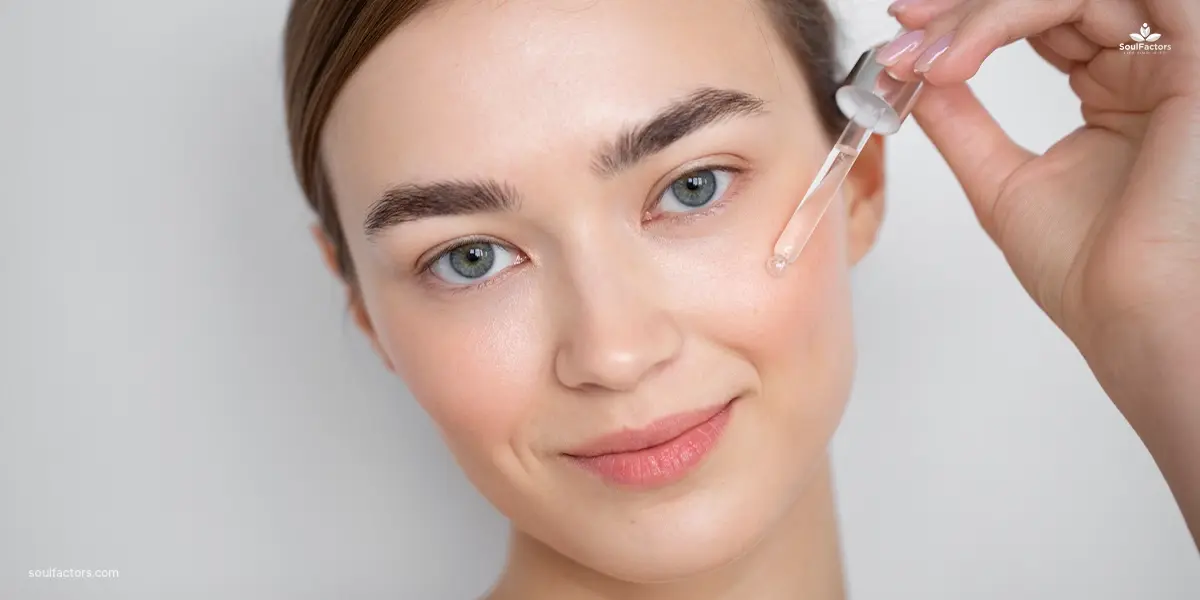
Bowe recommends that people with sensitive skin use a moisturizer first to guard against the potential effects of retinoids, particularly in sensitive areas like the corners of the mouth, nose, and neck, and around the eyes. After your skin starts accepting retinoids, she suggests reversing the order and applying the moisturizer after the retinoid.
Skin Cycling Routine: Is It Effective?
Skin cycling is very effective for people with sensitive or reactive skin. However, the classic routine might not deliver the desired results for all. A routine comprising two nights of exfoliation and retinol per week may not be enough for visible results. Therefore, people with specific skin concerns and different skin types may have to reduce the number of recovery nights to boost the benefits of the exfoliant and retinol.
A skin cycling routine is based on a flexible framework, with scope for personalization as per different skin types. According to Dr. Bowe, people facing irritation and sensitivity issues can keep more recovery nights, while people whose skin is well-adjusted to retinoid and want to use it increasingly can adjust their routine to have more active nights.
Additionally, if you start following the classic four-night routine, you don’t have to continue forever. If your skin loves the routine and there are no signs of a compromised skin barrier, you can leap onto the advanced routine. But make this shift only after following the classic four-night routine for at least four to six weeks.
Remember, you’re not obligated to try skin cycling because it is trending currently. If you’ve spent several months getting your skin adjusted to a stable and strong retinoid and now it is used to a retinoid every night, skin cycling may not be able to make much of a difference.
How To Try Skin Cycling?
Skin cycling is a PM routine. To start, dermatologists recommend cleansing your face with a mild cleanser free from any potential irritants. Then, use an exfoliant, retinol, or hydrating product, depending on the night. A hydrating product is a must after application of the active ingredients.
With retinol, the sandwich route is great, which involves a layer of moisturizer, followed by a retinol product, and then a humectant like glycerin and hyaluronic acid. The humectant draws and retains the skin’s moisture.
For exfoliation, find one containing lactic acid, glycolic acid, and salicylic acid. Salicylic acid is extracted from plant products and is beneficial for people with acne-prone skin. It is also anti-inflammatory. Lactic acid is procured from milk and is one of the gentler exfoliants that can be used in skin cycling. Glycolic acid comes from sugar cane and helps in treating acne. However, it can bother the skin around the eyes.
If you’re opting for an over-the-counter product for retinol, search for those that contain Vitamin C and ceramides. These products can provide some hydration and also brighten skin. For something stronger, ask your dermatologist about prescription-strength tazarotene, tretinoin, or adapalene, or choose over-the-counter adapalene.
When it comes to moisturizers, it is recommended that you look for products with ingredients such as coconut oil, ceramides, hyaluronic acid, glycerin, dimethicone, and shea butter.
Who Should Try, And Who Should Avoid It?
A skin cycling routine may not produce results for everyone. But people setting out on their journey to try exfoliants and retinoids are the best candidates. The routine helps your skin adjust to the new products while eliminating their potential side effects. Many choose to start with skin cycling and then upgrade to advanced skincare routines when their skin is ready and can bear the use of the products daily. Once your skin can tolerate the products, you are ready to increase the potency of products or drop a recovery night to practice a more advanced skin cycling routine.
If you have sensitive skin, you can benefit from skin cycling. The routine enables you to enjoy the rewards of active ingredient products without irritation or inflammation of the skin. Many patients with sensitive skin keep skin cycling because they cannot tolerate the daily use of the products.
Patients with dry skin concerns during the fall and winter months should also try skin cycling. While their skin can tackle the daily use of chemical exfoliants or retinoids during summer, they need to retreat when the fall and winter arrive. Such patients must alter their skincare routines as per their skin’s requirements.
Skin cycling isn’t a one-size-fits-all technique. In some instances, you are advised to avoid the routine entirely.
Hypersensitive skin
Hypersensitive skin is prone to rashes and allergies. Skin cycling exposes the skin to different types of ingredients. Therefore, it can heighten the chances of allergy and inflammation.
Acne-prone skin
Skin cycling isn’t a suggested routine for those who suffer from frequent breakouts. Acne requires consistent therapy, and the application of an exfoliant and retinoid can irritate the skin. Therefore, expert dermatologists recommend a twice-a-day treatment for acne-prone skin, or else it will take very long to clear blemishes.
Skin Cycling Products
A classic skin cycling routine is four-night long, with an exfoliation night, a retinol night, and two recovery nights. While you know what you need to do each night, identifying the right products for use may not be easy.
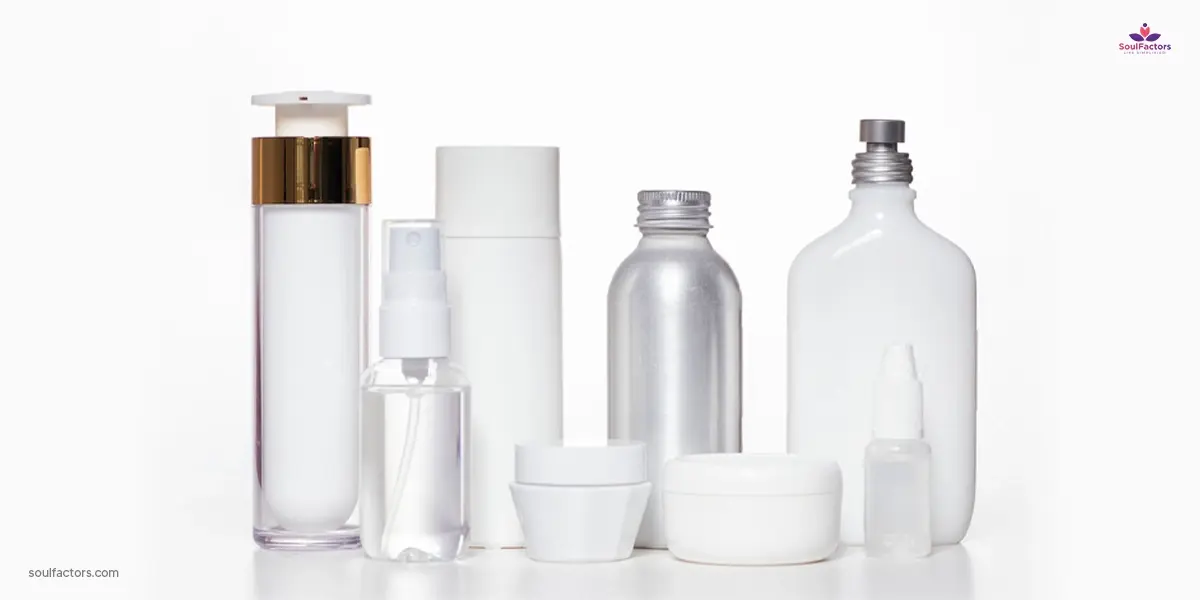
Here’s a look at the top skin cycling product recommendations in India.
Exfoliator
- Plum Green Tea Exfoliating Peel
- Suganda 2% Salicylic Acid BHA Serum
- COSRX One Step Original Clear Pad
- COSRX AHA/BHA Clarifying Treatment Toner
- The Ordinary AHA and BHA Peeling Solution
- Minimalist AHA 25% + PHA 5% + BHA 2% Peeling Solution
- Paula’s Choice 2% BHA Liquid Exfoliant
- Dot & Key Hydro Peel Glow Potion 10% AHA + 2% BHA Exfoliating Serum
- O3+ Skin Care Micro Derma Abrasion Facial Peel
- Sebogel Salicylic Acid and Nicotinamide Gel
- The Derma Co Beginner Peeling Face Solution
- Pixi Glow Tonic
Retinol
- Minimalist 0.3% Retinol Serum
- Plum 1% Retinol Serum
- Pixi Collagen & Retinol Serum
- Neemli Naturals Retinol and Peptide Serum
- The Derma Co 0.3% Retinol Serum
- ROC Retinol Correxion Deep Wrinkle Serum
- Chemist At Play 0.3% Retinol Anti-Ageing Serum
- Innisfree Retinol Cica Repair Ampoule
- St. Botanica Retinol 2.5% Facial Serum
- E’clat Superior Retinol A+ 0.8% Serum
- Olay Regenerist Retinol 24-night Serum
- Palmer’s Cocoa Butter Formula Skin Therapy Oil
Moisturizers
- POND’s Cream Moisturiser with 15 SPF
- Minimalist Marula Oil 5% Face Moisturizer for Dry Skin
- Aqualogica Hydrate with Coconut Water & Hyaluronic Acid for Deep Hydration
- Pilgrim Squalane Glow Moisturiser
- Plum 3% Vitamin C Moisturizer with Mandarin
- Dot & Key Vitamin C Moisturizer with Vitamin E for Glowing Skin
- The Derma Co 5% Cica-Glow Daily Face Moisturiser
Frequently Asked Questions
Skin cycling is a strategic approach for cycling through your evening skincare products to minimize irritation and maximize results. To practice the routine, exfoliate on night one, followed by retinol on night two. The third and fourth nights are for recovery, where you need to use skin barrier-protecting serums and moisturizers. Thereafter, you repeat the skin cycle.
The skin cycle is a natural process of skin regeneration involving the shedding of dead skin cells and the growth of new ones. Its length can vary depending on several factors, like skin type, age, and overall health. The skin goes through different stages intending to maintain healthy skin by removing old, damaged skin cells and replacing them with new, healthy ones.
The classic skin cycling routine takes four nights. There are two nights of treatment followed by two nights of recovery. The first night is for exfoliation, the second focuses on using retinol, and the third and fourth nights are for recovery when you use a moisturizer.
Skin cycling is believed to reduce redness and peeling arising from inflammation. The routine also helps in achieving a brighter and smoother complexion.
Conclusion
Much like a person needs rest days when exercising to recover, the skin needs some downtime for recovery. The approach of skin cycling discourages the use of the same products every day to give the skin some rest. It comprises a PM skincare routine that encourages the use of products in a specific way to avoid over-exfoliation and its associated damage. Start the four-night routine with one key type of product designated for each night.
Skin cycling is limited to the PM regimen. The AM routine still follows the standard steps of cleansing, treating, and protecting.

Subscribe to Newsletter
Elevate your routine, stay on trend, and embrace a personalized beauty journey with our curated insights.

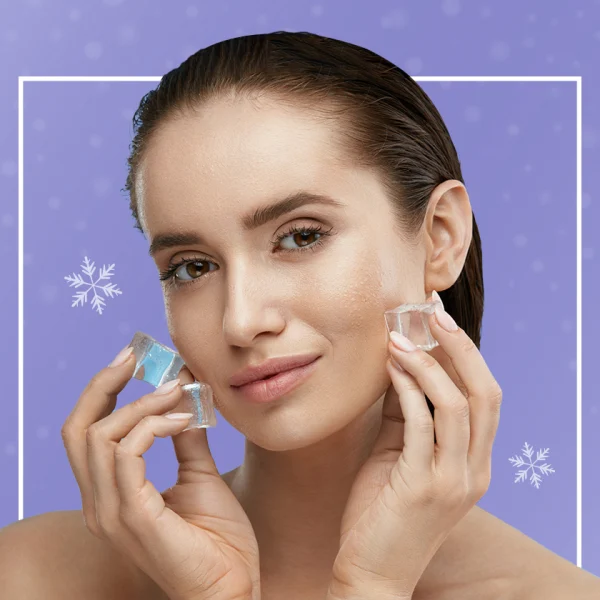
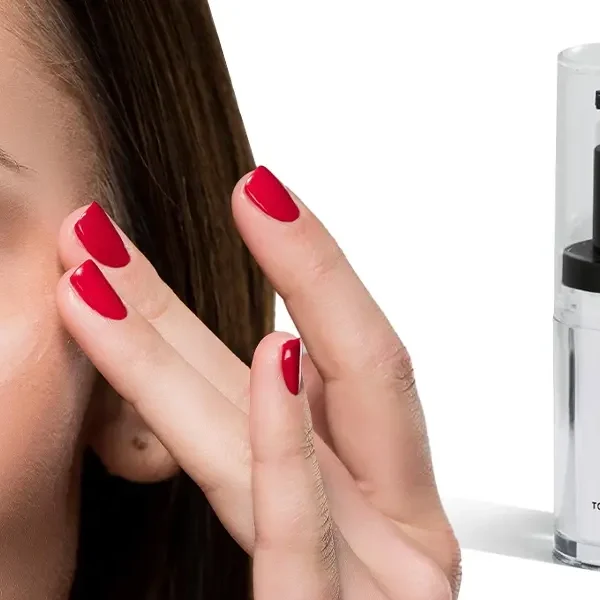

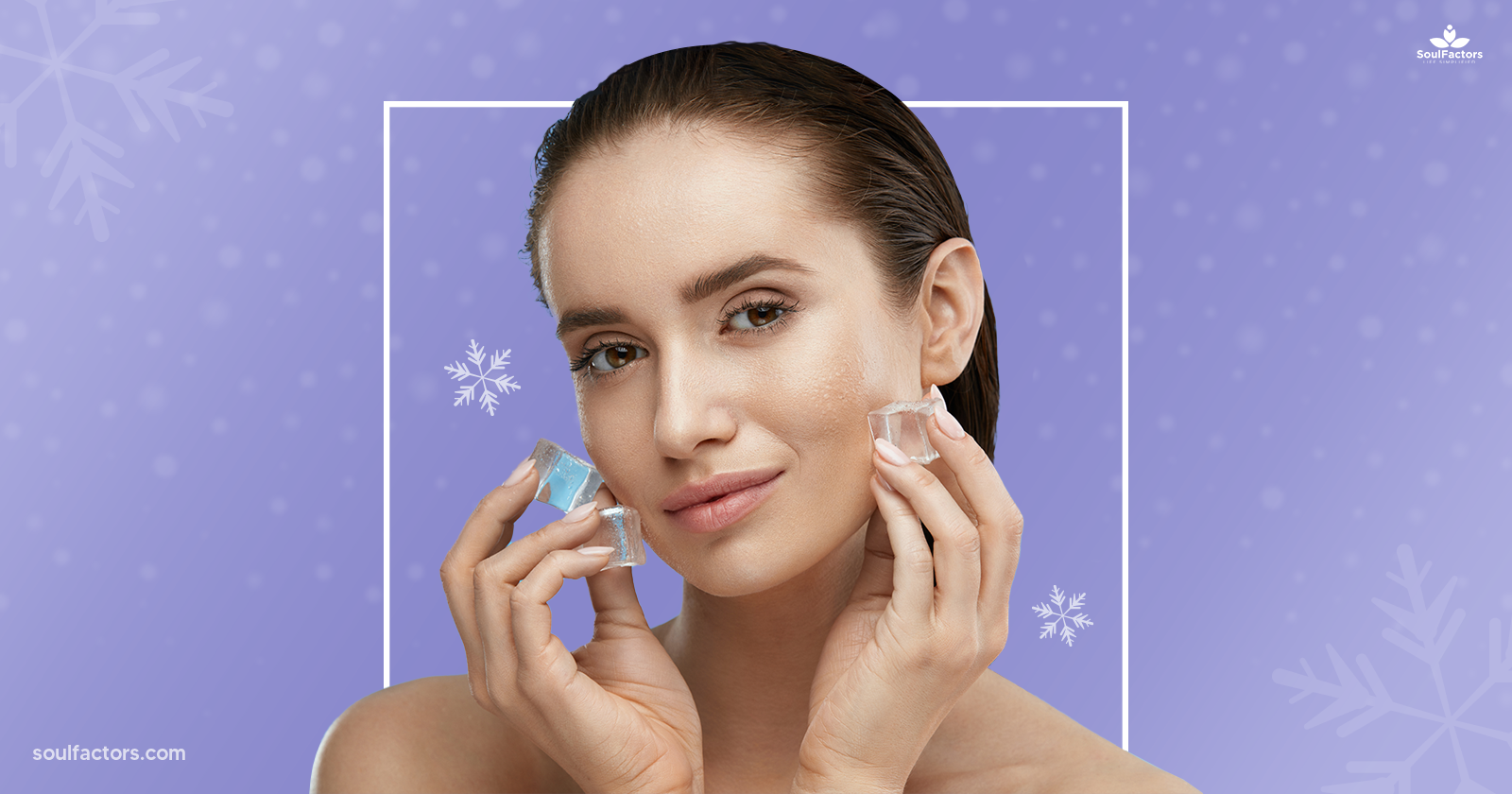
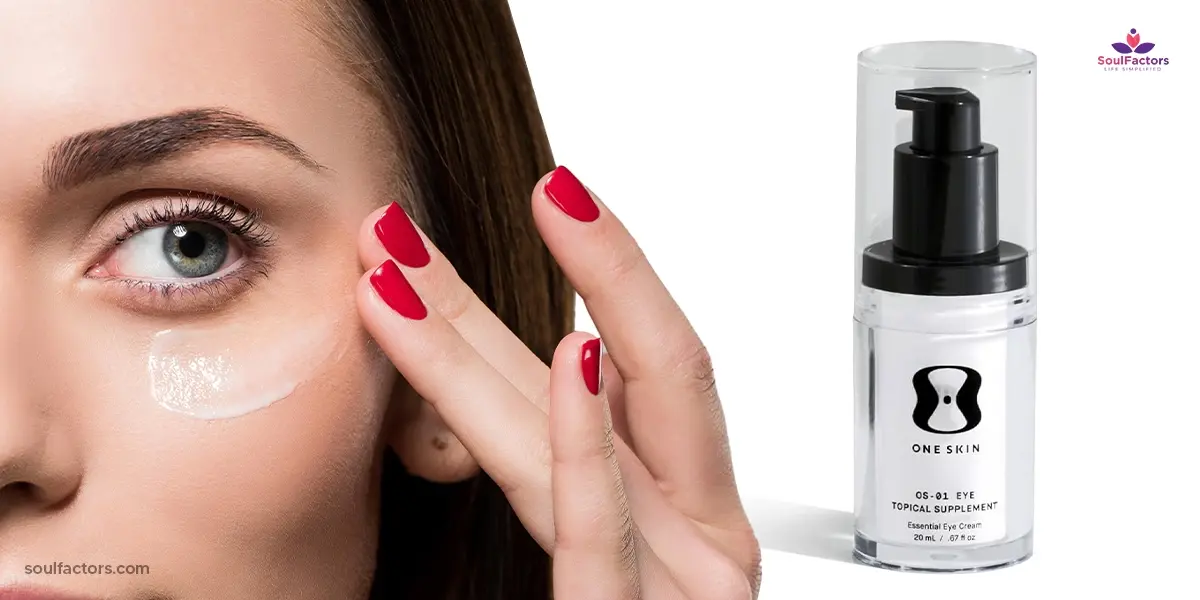
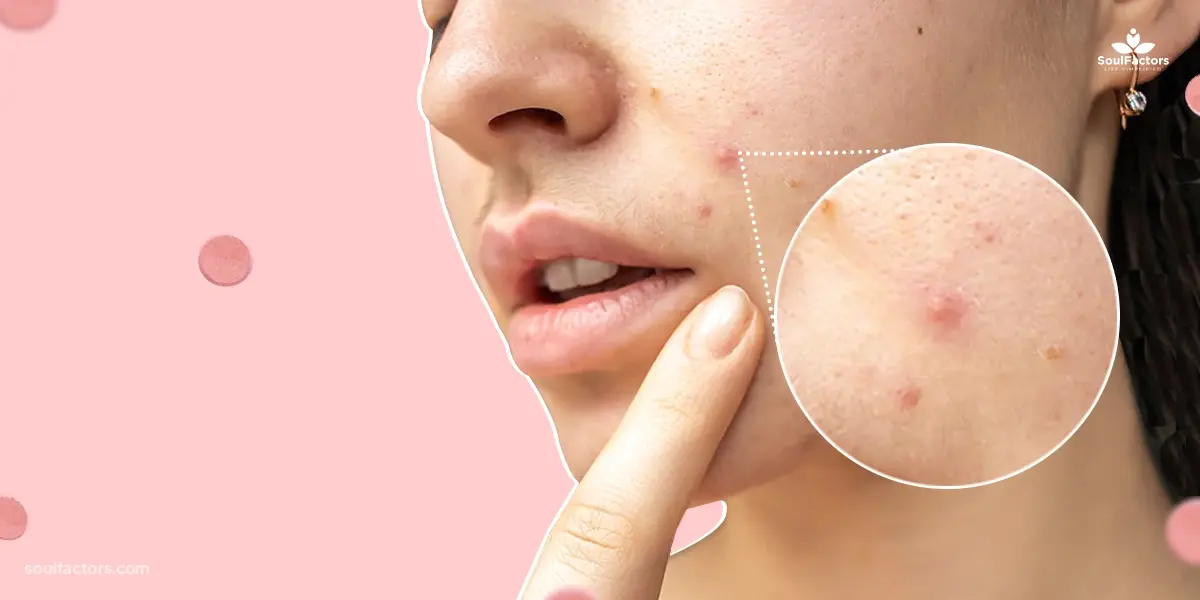
Write a Comment